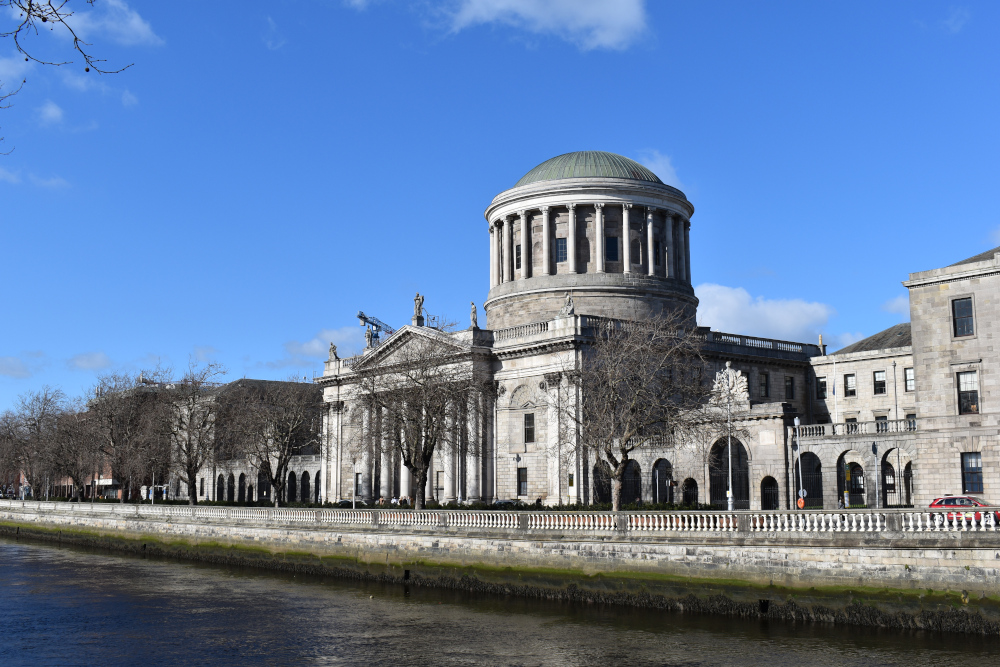High Court: Well charging application against deceased’s estate refused as monies become payable in 2008

The High Court has refused an application by a plaintiff for well-charging relief against a deceased’s estate on the basis that the monies had become payable in September 2008. It was held that the plaintiff’s claim was statute-barred as no proceedings had issued within two years of the borrower’s death.

About this case:
- Citation:[2023] IEHC 7
- Judgment:
- Court:High Court
- Judge:Mr Justice Garrett Simons
Delivering judgment in the case, Mr Justice Garrett Simons held that the loan arrangement required to repay the loan in full by September 2008. Accordingly, the non-payment of the monies at that time gave rise to a cause of action which necessitated proceedings being issued within two years of the death in 2011.
Background
In June 2008, Ulster Bank Ireland Limited entered into a loan agreement with William Kearney and Margaret Purcell Kearney. The loan took the form of an overdraft facility in the sum of €130,000.
The loan was subject to the bank’s general terms and conditions, and also subject to certain special conditions. The general conditions outlined that, if there was any conflict between a special and general condition, then the special condition was to apply.
The repayment terms in the loan facility outlined that the bank had a right to demand repayment at any time and the facility would be subject to a review in September 2008. However, a special condition of the loan agreement outlined that the overdraft facility was to be cleared in full by 30 September 2008 from the sale proceeds of a property owned by the deceased.
Security for the facility comprised of an equitable deposit over title deeds to a commercial property in Littleton, County Tipperary, which was the subject of the special condition.
The monies were not repaid by 30 September 2008. Subsequently, Mr Kearney died intestate in August 2011. Ms Purcell Kearney died in December 2016. The interest in the deceased’s loan was later transferred to Promontoria (Oyster) DAC.
Promontoria issued proceedings against the personal representative of Mr Kearney in June 2020, after letters of administration were taken out in November 2019. A letter of demand for repayment of the monies had been sent to the personal representative in April 2020.
The main issue in the case related to whether Promontoria’s proceedings were statute-barred. The defendant argued that the monies had become repayable in September 2008 and therefore, pursuant to section 9 of the Civil Liability Act 1961, the plaintiff was required to issue proceedings within two years of the borrower’s death.
The plaintiff submitted that the proper interpretation of the loan agreement was that 30 September 2008 did not represent the date for repayment. Instead, it was said that the overdraft facility was deferred until a contingency occurred, being 1) a formal demand being made, 2) Mr Kearney electing to repay the facility out of the proceeds from the sale of his commercial property or 3) Mr Kearney electing to restructure the overdraft facility into a loan.
High Court
Mr Justice Simons began by outlining section 9 of the 1961 Act, which stated that if a cause of action was subsisting at the time of a deceased’s death, then a plaintiff was required to issue proceedings within two years of the death.
Further, the court considered the decision in Bank of Ireland v. Matthews [2020] IECA 214, where the Court of Appeal determined that the monies under a loan agreement did not become due and owing until the bank had made a formal demand for repayment, notwithstanding that the borrower had died prior to demand being made. Mr Justice Simons outlined that this decision was reached because, based on the terms of the mortgage, no cause of action subsisted until a formal demand was made. As such, the death of the borrower in Matthews did not affect the time limits for taking an action.
Considering the present case, the court rejected the plaintiff’s interpretation of the loan agreement. It was said that the loan agreement was clear that the special conditions took precedence over the general conditions. Further, it was clear that the default position was that the monies were due in full in September 2008.
While the special condition did provide that an alternative approach may be taken where the overdraft facility would be restructured into a loan, this was not guaranteed and required a new agreement between the parties. No such agreement was entered and, accordingly, the monies were due in September 2008.
The court emphasised that the wording of the loan agreement did not give the borrowers the unilateral option as to how to deal with the overdraft balance, as contended by the plaintiff’s counsel.
There was no need for a formal demand in this case as the monies became due in September 2008, but there was no conflict between the special condition and the concept that the loan was repayable on demand.
Conclusion
The court held that the plaintiff’s cause of action accrued in September 2008 when the repayment date passed without the facility being cleared in full. Accordingly, proceedings needed to issue within two years of borrower’s death in 2011. This did not occur and, as such, the proceedings were dismissed.
Promontoria (Oyster) DAC v. Kearney [2023] IEHC 7









